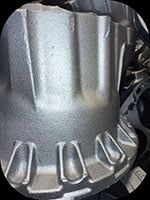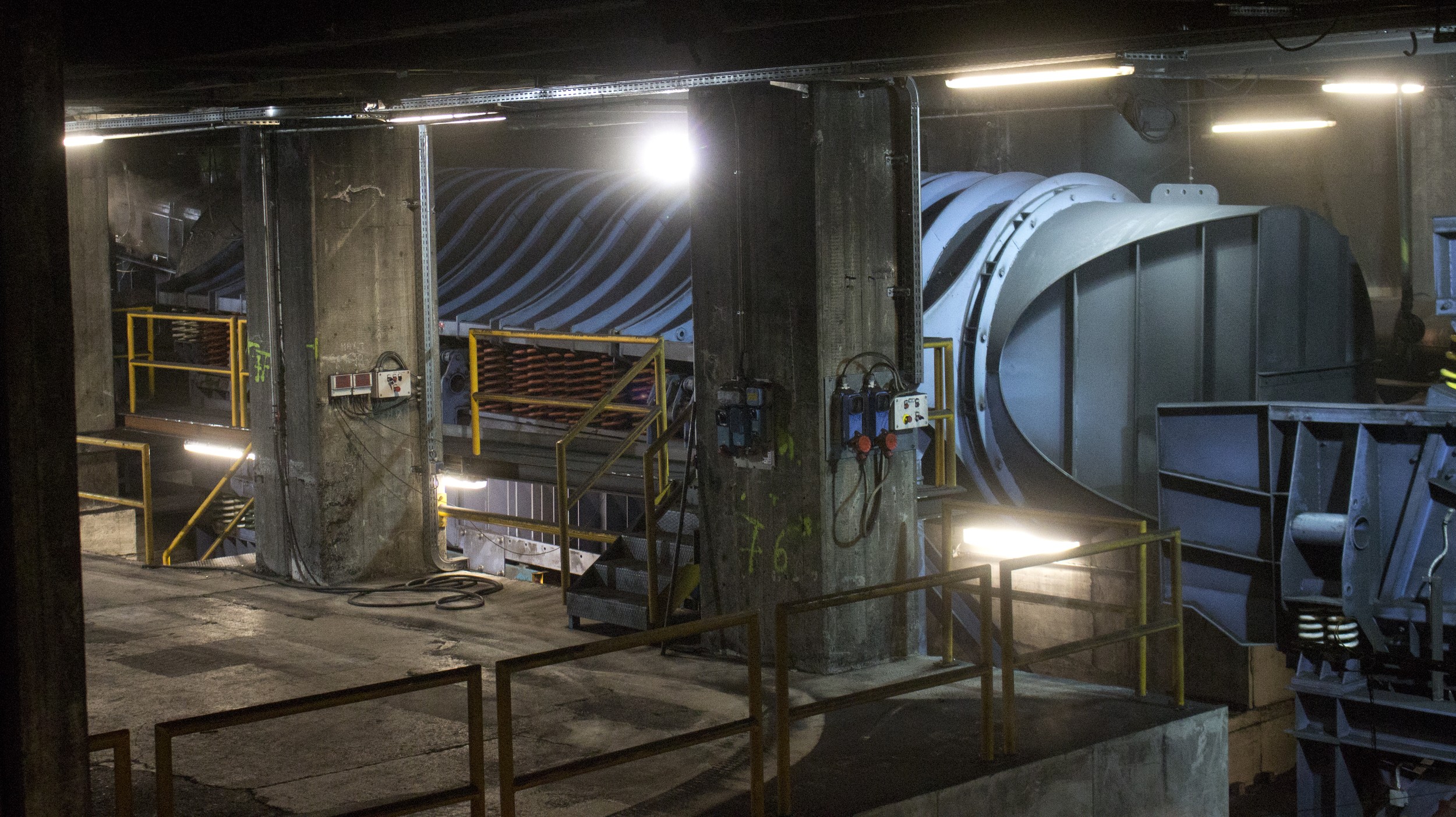Aluminum and brass castings can be used in many industries with growing opportunities around the world. One challenge people may run into during this process is the scratching of the finished product during sand removal. That’s why General Kinematics offers the VIBRA-DRUM® – a revolutionary machine that reduces the scrap rate in your production lines and ensures a more efficient brass and aluminum sand casting process.
Aluminum Castings
Aluminum castings are prized for their lightweight, smooth surface finish, and high strength when it comes to detailed castings. Often used in cars and cookware, aluminum casting use is expected to grow, especially with the increased aluminum use in vehicles due to its lightweight, durable nature. With a higher strength-to-weight ratio, aluminum is recognized as more efficient than other metals like cast iron or steel.
Brass Castings
Brass castings are preferred in residential and commercial construction due to the natural resistance to rust and corrosion. Brass is widely used for household appliances and plumbing fittings. You may not realize it, but you are probably surrounded by brass all day long.
Aluminum and Brass Casting Process
Typically, the most common methods for casting aluminum are no-bake, lost foam, green sand casting, and die casting. A casting method that is growing in popularity for aluminum casting is “die casting”. Similar to permanent mold casting, die casting uses high pressure to preserve detail.
The process of aluminum sand casting begins with a mold that is created by surrounding a replica of the object to be cast with sand, water, and clay. Then, the replica is removed from the sand mixture and its shape is left behind in the clay. The sand mold contains two or more parts called the cope (the upper part) and the drag (the lower part). Any additional parts are known as ‘cheeks’. Next, the molds are encased in a two-part box (which can have more than two parts if cheeks are used), known as a flask, for protection. The gating system is then placed inside, and a sprue is made to guide the molten metal into the cast. The two halves are then clamped together, and the molten metal is funneled into the mold. The cooling time takes significantly longer than permanent mold or die casting because sand and clay do not absorb heat. After the cooling process, the cast shakeout is finally ready to take place, removing the cooled metal from the cast.
Brass casting methods, on the other hand, are more limited. In fact, brass can only be cast in sand, namely, green sand and air set sand casting. Sand is inexpensive and resistant to heat, making it a perfect material for casting. All methods of casting come with their own set of challenges. In die casting, for example, expensive equipment can be a pain point; and for sand casting, removing sand can be difficult if performed using the wrong equipment.
Damaged Castings

Though these materials are extremely useful in everyday life, brass and aluminum have unique challenges to face when it comes to the casting process. When casting brass and aluminum, the most common complication occurs in the shakeout area. The process of removing the sand encasing these castings can easily damage the finish of the castings, scoring or scratching important details such as serial numbers.
Many manufacturers of shakeouts and attrition drums claim to be gentle on castings, but do not take into account the softer castings such as brass and aluminum – leaving metal casters with an empty promise and an increase in scrapped castings.
The correct application of vibration is the best way to separate sand from castings. At General Kinematics, we have applied decades of experience to demonstrate our expert understanding of crafting equipment to reduce your casting scrap rate. GK’s proven solutions are gentle yet effective for the removal of your casting sand. And with references for each application type mentioned, we have results you can trust.
GK’s Casting Solution
Many of the pain points for each type of casting can be solved through the use of vibratory equipment. One example in the die casting process is potential tears in belt conveyors (used in returning scrap) which can be avoided with vibratory conveyors. Rotary shakeouts, although they have been in the industry for many years, have been known to cause damage specifically with larger castings. General Kinematics’ vibrating vertical shakeouts are designed to reduce casting damage and are capable of handling some of the largest castings in the world.
General Kinematics engineered the VIBRA-DRUM® Sand Casting Equipment for the purpose of reducing scrap rates. When applied to the green sand casting process, this foundry drum reduces casting damage on even the softest castings. The VIBRA-DRUM® uses separating sand to soften the rolling action of the drum and break down sand lumps further.
Not only does the The VIBRA-DRUM® Sand Casting Equipment reduce casting damage, but it also contains silica, which increases safety and has the potential to reduce the temperature of the castings drastically before they exit the drum when moisture is added.
To read more about how the VIBRA-DRUM® Sand Casting Equipment has improved foundries like yours around the world check out our case studies!
To learn more about the improvements that the VIBRA-DRUM® Sand Casting Foundry Equipment can have on your brass or aluminum foundry, contact us!
Frequently Asked Questions
What are the aluminum sand casting defects?
There can be a variety of defects in the aluminum sand casting process that can arise at different stages of the casting process. These defects include cracks, scratches, pores, cold separation, deformities, and more.
What is the best casting process for aluminum?
When looking to produce cost-effective quantities of aluminum casts, sand casting is the best casting process to do so. Depending on the quantity of the object being produced, there is a threshold in which die casting may be a more cost-effective process, although this depends on the shape and size of the object being produced as well.








